Hubcap car
Monday, 30 September 2013
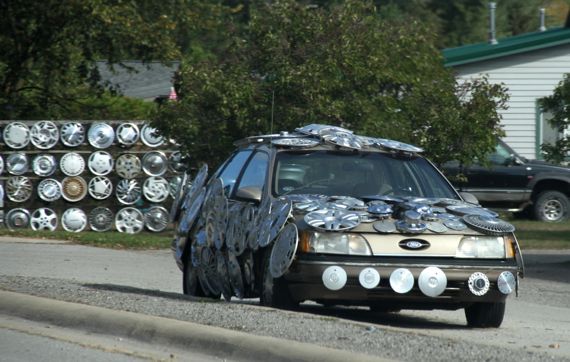
If you had a vehicle you didn’t really care about and an artistic bent, what decorations would you add to it?
I’m wondering if any of these whistle as you go faster?
Monday, 30 September 2013

If you had a vehicle you didn’t really care about and an artistic bent, what decorations would you add to it?
I’m wondering if any of these whistle as you go faster?
Wednesday, 14 August 2013
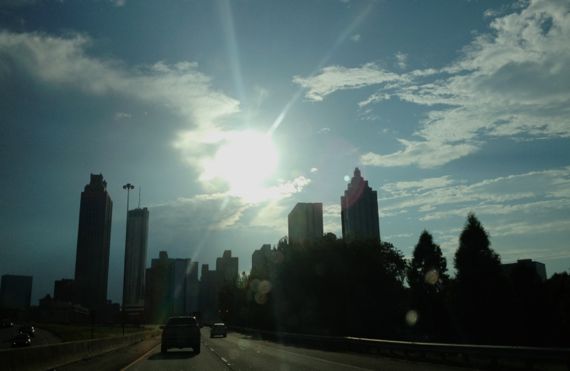
Yesterday.
I always understood that you were supposed to drain your laptop (and other device) battery every month or so to…essentially, keep the battery healthy. Today, I found out it’s just to keep the calibration of the software that tells you how drained the battery is up to date…and has nothing to do with battery life.
Of course, sometimes these things change….
Wednesday, 31 July 2013
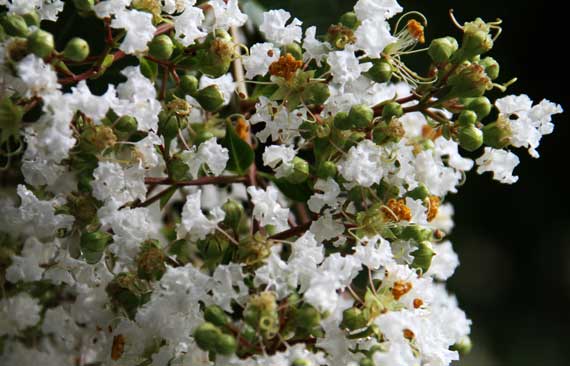
Lots of drippy rain today—almost felt like Seattle or Portland. Tried out a new app five-ish when the sun finally came out—it’s called GPX Master. Our little GPS device is pretty much dead (but served us faithfully for years), and the Guru looked for a replacement using the iPhone/iPad…. Love that when you end the track, GPX Master uploads it to Dropbox.
Thursday, 18 July 2013

Learned a new word from PCT hiker and lovely writer Carrot for a wonderful concept to have a word for…the word is petrichor, meaning the scent that follows a rainfall. Apparently, it’s not just the moisture we smell, but other complex scents from the soil and plants, caused/triggered by the moisture.
Anyway, rain in the afternoon and evening. But we’ve had so much that I didn’t get much of a hit of petrichor.
The “ichor” part of petrichor is the Greek word for the special fluid that is the blood of the deities.
Note: make a donation to Wikipedia, if you haven’t recently, and acknowledge how often you use it….
Friday, 12 July 2013

Sometimes the golden hour and a good place to pull off the road with just the right backlighting all happen simultaneously. I photographed this irrigation mechanism for almost ten minutes…sooo fascinating. (Thank you, patient Guru!)
Sunday, 23 June 2013

The image is oilcloth, or what passes for oilcloth. Funny stuff, oilcloth. The oil in oilcloth traditionally was linseed, that is oil from flax (Linum usitatissimum) seeds. Flax has a long history, and has been used for both fiber and seed-oil. Linseed oil has an usual property: over time, it sets up. So, for example, to make window glazing, it was mixed with chalk dust (hence the white glazing in old photos and paintings).
In “the old days,” oilcloth, although heavy and stiff, was a good choice for waterproofed applications. Waxed fabrics were another option. The later rubberized fabrics were a huge breakthrough.
No connection I can come up with between oilcloth and an unexpected thing I learned about today: the Vasari corridor. It’s a hobbit-trail/enclosed passageway dating to post-Medieval Florence…uhem…Firenze.
It connects the Palazzo Pitti with the Uffizi and Palazzo Vecchio. It crosses the Arno above the shops along the Ponte Vecchio, and passes through the upper reaches of a church, and above many homes. This is how the wealthy in pre-limo days commuted from home to office. In this case, the commuter was Grand Duke of Tuscany, Cosimo I de’ Medici (1519–1574). He lived on the south side of the Arno, in the gigantic Palazzo Pitti, and worked, or at least presided over, events in the Uffizi (offices), on the north side of the river. The corridor…just made his work-day easier.
The corridor was designed by Giorgio Vasari and built in five months in 1564. Today, access is nearly always closed, although along the walls of the almost 1 km long enclosed hallway are over 1000 paintings/works of art—the Uffizi’s self-portrait collection, which continues to receive new additions. There’s a second corridor off the north side of the Uffizi, with access to the Palazzo Vecchio. Thus, if you had the chops, you could move easily between the decision-making centers of Florence, and the stinky populace would have no idea you were strolling above.
The High Line is about a mile long, is in NYC, and the earliest section opened in 2009. It’s public, not private, and open to the skies, and thus quite different from the Medici pathway. They both have art, though.
Thursday, 20 June 2013

Calf-cramp awakened me this morning. Not pleasant.
Things turned around when this came direct from Shanghai. The Guru says it’s fast and he loves the light-up keys.
Sunday, 9 June 2013
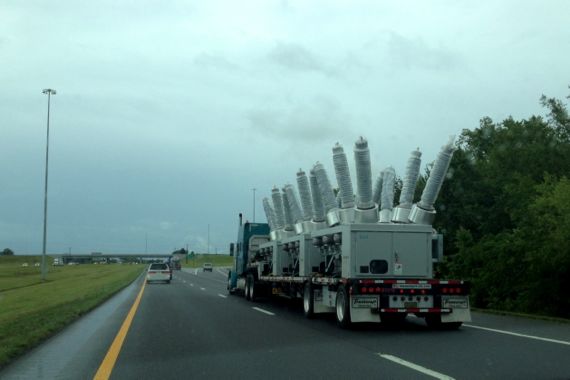
Bucrania—a new word for me I came across the other week…used in the context of the Neolithic Turkish settlement we call Çatalhöyük. The archaeologist I was reading defined it as cattle horns and skulls in a display context, interpreted as intended to impress, intimidate, and remind visitors how important their hosts were.
So, I drove up on this semi-load, and all these projecting arms were aligned and appeared as one, and thought: modern mechanical bucrania.
Sunday, 2 June 2013
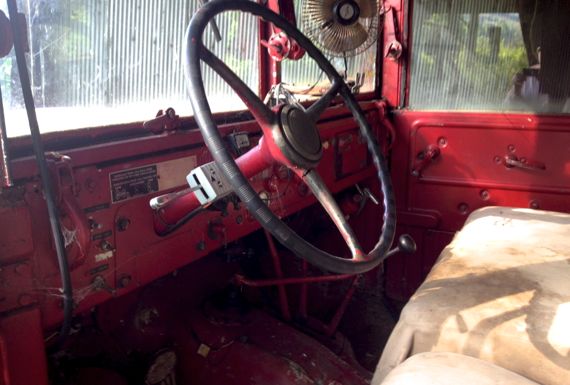
My OOTF reports that this vehicle, first shown from the front the other day, is now identified!
It’s a Dodge M37. Began production in 1950 for the Korean War and continued until 1968. Nearly 111,000 were built and some are still running today. Top speed is 55 mph and they get about 9 mpg.
Nice to have vehicular mysteries solved. Thanks for the research, OOTF.
Monday, 7 January 2013
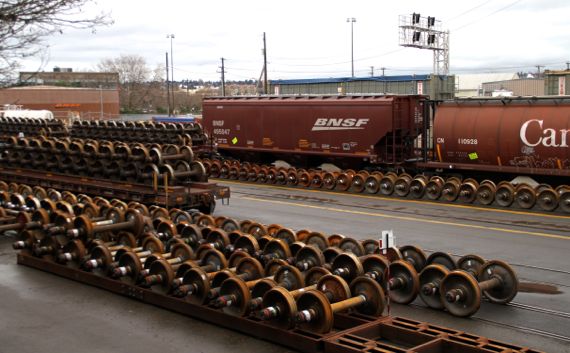
Seattle is quite the transportation hub. Duh.
This was in the yard near the RR car fix-it garage. Large size.
Weather report: overcast, but no rain most of the day. Yippee!